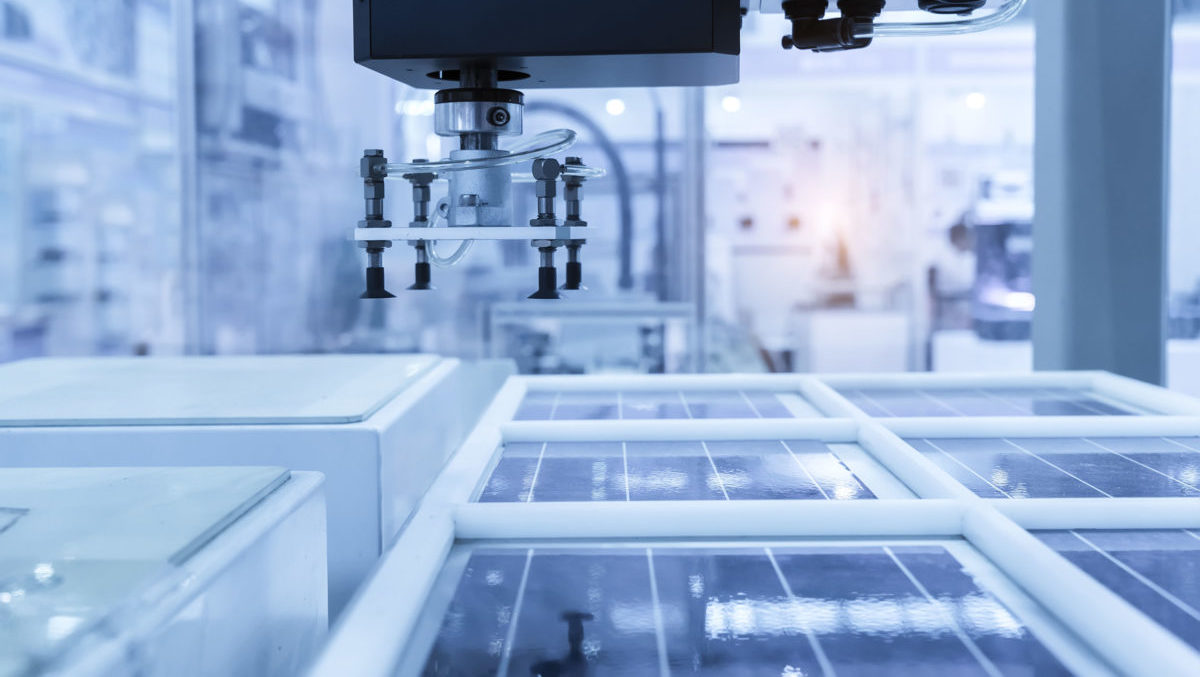
Global Ranking of the Photovoltaic Industry
How is the new European policy supporting net zero industries performing? Judging by the global ranking of the top 10 solar module manufacturers, progress appears slow. Asia remains the dominant player in solar panel manufacturing, occupying all the top spots.
This insight comes from Wood Mackenzie’s report, “Global Solar Module Manufacturer Ranking H1 2024”, which analyzes over 38 solar module manufacturers from 11 countries.
While the report focuses on the first half of the previous year, its findings offer a comprehensive look at the current state of the industry. The competitive edge accumulated by the Chinese manufacturing sector leaves little room for Western competition – at least for now and within crystalline silicon photovoltaic technology.
Top 10 Solar Module Manufacturers
It comes as no surprise that companies from the People’s Republic of China dominate the rankings, not just taking the top three spots but holding six of the top ten.
At the top is JinkoSolar, a Shanghai-based giant with 10 manufacturing facilities spread across China, the United States, Southeast Asia, and the Middle East. The company serves approximately 4,000 clients in nearly 200 countries and regions. With over 300 GW of solar modules sold to date, JinkoSolar has been the world’s largest solar panel manufacturer for five consecutive years, thanks in part to its vertically integrated production capacity, spanning from wafers to modules.
Following closely are LONGi Green Energy and JA Solar, ranked second and third respectively. While China clearly leads the sector, analysts note that its dominance is not entirely unchallenged. Recent data shows a rise in non-Chinese manufacturers entering the top 10, including competitors from India, Singapore, and Japan, capable of competing with the industry’s leaders.
According to Wood Mackenzie, the top 10 manufacturers collectively possess sufficient capacity to meet the global annual demand for new panels. These companies have also weathered recent market upheavals better than most. Despite significant challenges—such as record-breaking price declines in solar modules—these 10 players achieved an average utilization rate of 66% in the first half of 2024, demonstrating remarkable resilience.
The Challenge of Industrial Overcapacity
The transition to new technologies is happening faster than the market anticipated. Leading this wave is the TOPCon segment, though HJT (heterojunction) and BC (back-contact) technologies are also steadily increasing their production shares. Between January and June 2024, research and development investments grew by 4% compared to 2023.
However, analysts warn that the current surge in solar demand fails to address the overproduction caused by rapid industrial expansion.
“The top 10 manufacturers are increasingly concerned about low utilization rates and shrinking margins, which makes them more cautious about expansion plans,” said Yana Hryshko, analyst at Wood Mackenzie and the report’s author.
The solar industry has seen a dramatic drop in module prices, falling from $0.24/watt to $0.08/watt—a reduction of over 70%. This sharp decrease has put immense pressure on revenues and profitability across the sector, raising questions about the sustainability of some manufacturers.